Sociology in U.S. High Schools
Document Type
Article - Merrimack Access Only
Publication Title
Teaching Sociology
Publisher
American Sociological Association
Publication Date
7-2008
Abstract/ Summary
The condition of sociology in high school seems to be of growing interest to a core group of sociologists. In the last decade alone, research on high school sociology teachers and courses has been carried out in North Carolina, Connecticut, New York, and Pennsylvania (DeCesare 2007a; Dennick-Brecht 2000; Lashbrook 2001; Rienerth et al. 1998). The American Sociological Association (ASA) has also been unusually active over the last few years, developing an Advanced Placement (AP) high school course in sociology (Howery 2002; Persell 2001), and appointing representatives for high school sociology in various states (Howery 2005, 2004), in addition to other activities (Persell and Howery 2004; see DeCesare 2004 for a history of the ASA's involvement in high school sociology). Finally, several articles about the topic have appeared in recent issues of the ASA's newsletter Footnotes and the ASA Section on Teaching and Learning's news letter Teaching/Learning Matters (DeCesare 2002a; DeCesare 2007b; DeCesare and Lashbrook 2004; Lotspeich 2007; Reiling and Kinney 2007). All of these developments are encouraging, given sociologists' historical lack of scholarly attention to the high school level (DeCesare 2007a). It seems that a small group of sociologists are beginning to realize that students' experiences with sociology in high school may significantly influence their preparation for college-level sociology courses, the likelihood that they will declare sociology as their undergraduate major, and their attitudes toward and conceptions of the field, as well as the public image of the discipline (DeCesare 2002b). In short, a number of sociologists appear to be coming to grips with the possibility that high school sociology courses may determine much more about our undergraduates' attitudes and decisions than we have been aware of. In the interest of continuing the push to ward understanding the status of sociology in high schools, this research note reports some results from the first national study of high school sociology to be carried out in more than 25 years. It is also only the second national study to ever be conducted. Specifically, I examine the prevalence of sociology courses in the country's public high schools, as well as analyze the importance of two predictors of sociology's existence: geographic region of the country and size of the student body. I conclude with a discussion of the results and recommendations for future research.

